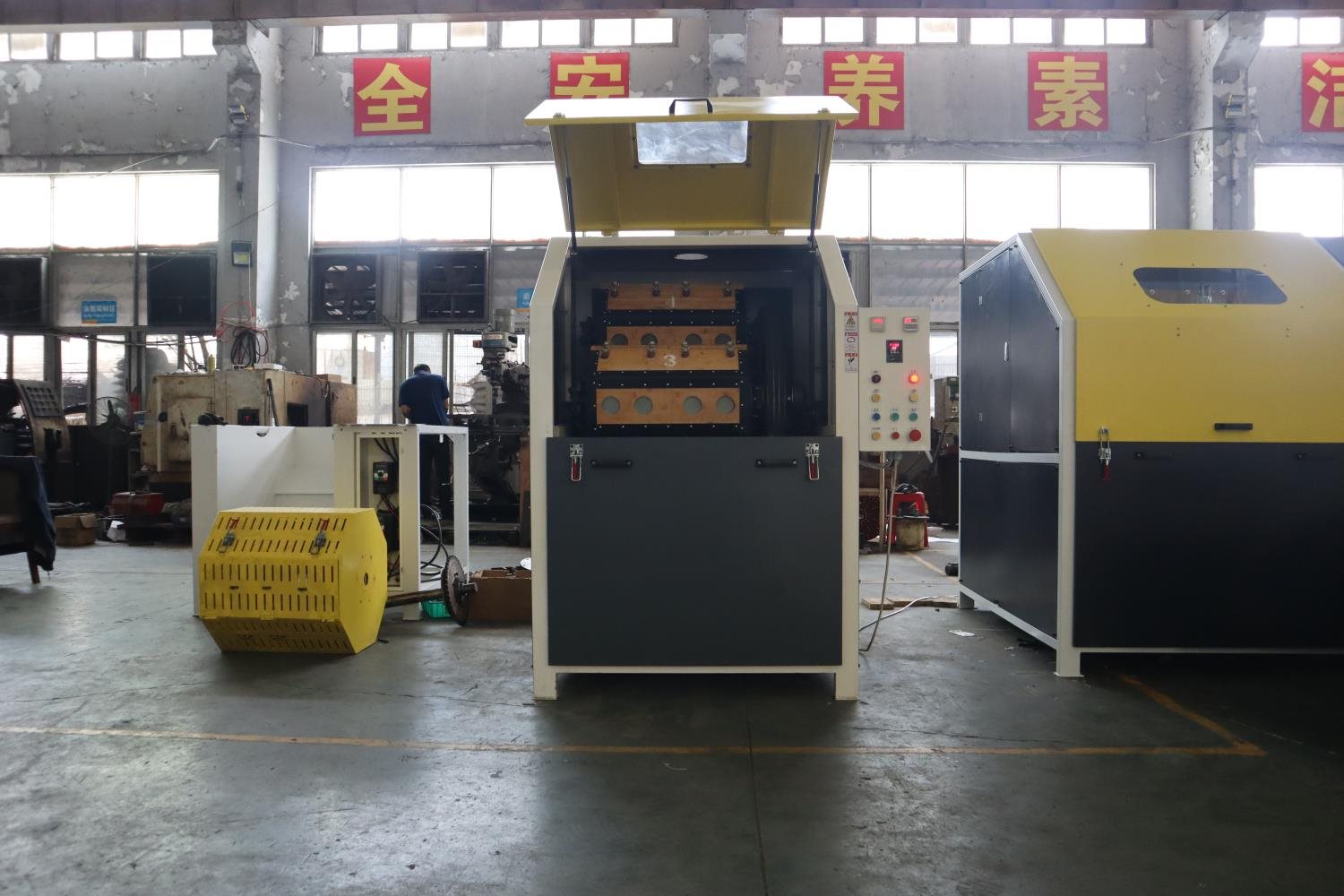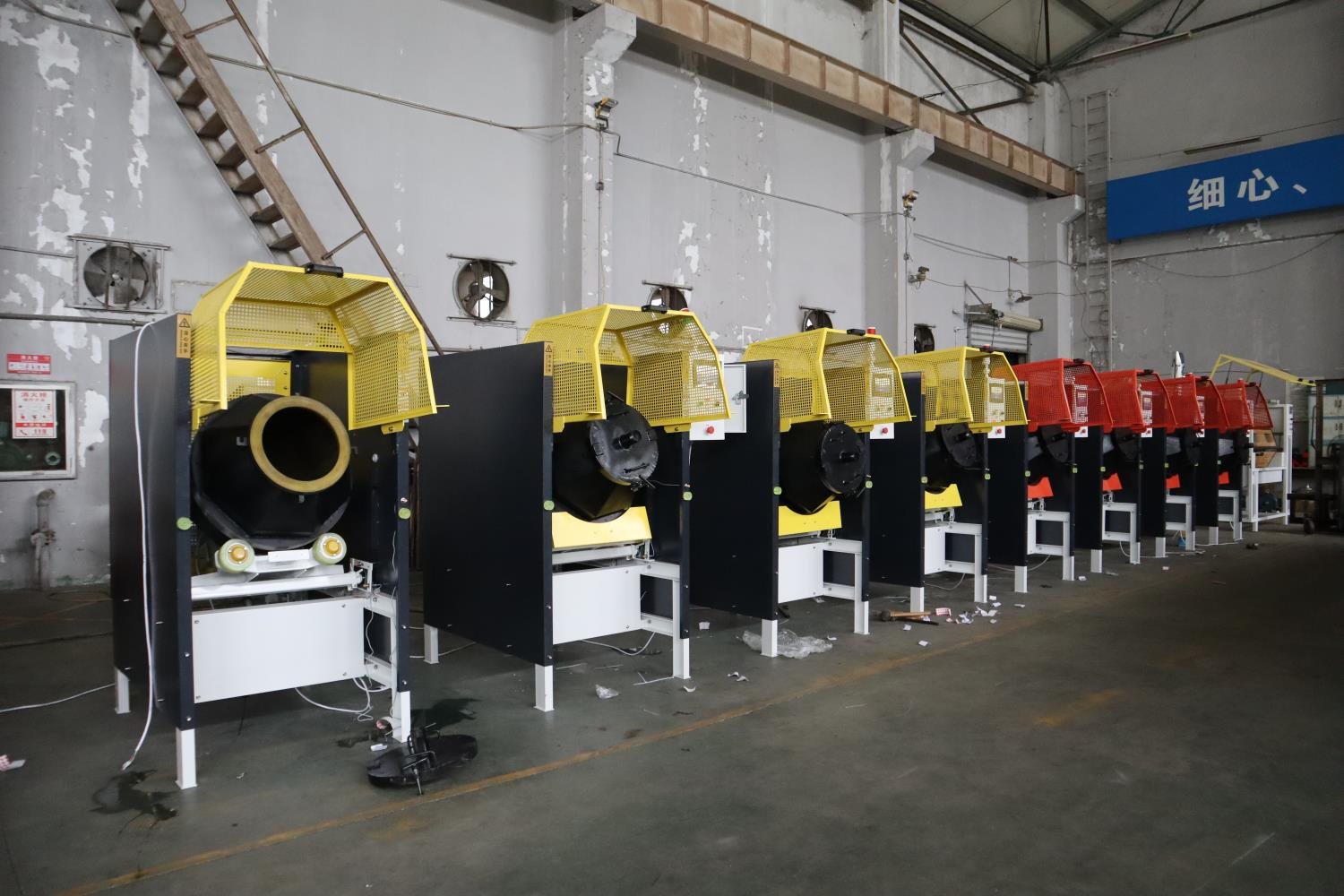Распространенные проблемы с полировальным оборудованием и способы их решения
Когда дело доходит до использования полностью автоматизированного оборудования для прокатки и вибрационной полировки, пользователи часто сталкиваются с множеством проблем. От неровной поверхности до чрезмерного износа оборудования и даже небольших дефектов на полированных деталях — каждая проблема может повлиять на конечное качество продукта. Чтобы помочь вам более эффективно решать эти проблемы, я собрал некоторые распространенные проблемы с полировальным оборудованием и практические решения. Надеюсь, это поможет вам более комфортно работать с вашим оборудованием!
1. Неравномерная полировка поверхности.
Проблема: После полировки поверхность заготовки имеет неравномерный блеск. Некоторые области выглядят блестящими, а другие — тусклыми. Эта проблема особенно распространена на больших деталях или деталях сложной формы.
Возможные причины:
-
Полировальный материал может быть неподходящим или размер зерна может быть неподходящим.
-
Время полировки или давление могут быть установлены неправильно.
- Частота вибрации оборудования может быть несбалансированной, что приводит к неравномерному распределению энергии.
Решение:
-
Во-первых, выберите полировальный материал, соответствующий материалу вашей заготовки, и убедитесь, что зерна одного размера.
-
Контролируйте время полировки и соблюдайте умеренное значение. Давление также должно быть сбалансировано, чтобы избежать чрезмерной или недостаточной полировки.
-
Отрегулируйте частоту вибрации, чтобы обеспечить равномерное распределение энергии по поверхности.

2. Царапины или дефекты поверхности.
Проблема: После полировки на заготовке могут быть видны небольшие царапины или дефекты, что влияет как на внешний вид, так и на качество изделия. Это распространенная проблема при использовании прокатного или виброполировального оборудования.
Возможные причины:
-
Полировальные средства (например, наждачная бумага или абразивы) могут содержать более крупные частицы или грязь.
-
Возможно, оборудование не было тщательно очищено, и внутри остались остатки.
- Детали могут ударяться или тереться друг о друга, вызывая царапины.
Решение:
-
Проверьте и очистите полировальный материал, чтобы удалить грязь и крупные частицы.
-
Очищайте внутреннюю часть оборудования после каждого использования, чтобы не осталось остатков.
-
Для деликатных деталей используйте амортизирующий материал, чтобы уменьшить прямой контакт между заготовками.

3. Перегрев полировального оборудования.
Проблема: После долгих часов работы оборудование сильно нагревается, что может снизить качество полировки и сократить срок службы оборудования.
Возможные причины:
-
Система охлаждения оборудования может быть неэффективной, что приводит к плохому отводу тепла.
-
Работа на высоких скоростях или высокой частоте вибрации может привести к слишком большой нагрузке на машину.
-
Плохая вентиляция вокруг оборудования может задерживать тепло.
Решение:
- Регулярно проверяйте и поддерживайте систему охлаждения, чтобы убедиться, что охлаждающая жидкость циркулирует должным образом.
-
Снимите частоту скорости или вибрации, чтобы уменьшить нагрузку во время длинных операций.
-
Поместите оборудование в хорошо продуманную зону или рассмотрите возможность добавления внешней системы охлаждения.

4. Пяния окисления на полированных частях
Задача : Вскоре после полировки на поверхности заготовки появляются пятна окисления. Это особенно проблематично для деталей металлов, так как окисление влияет как на внешний вид, так и долговечность.
Возможные причины :
-
Полировка жидкости или среды с высоким содержанием влаги может оставить остатки воды на металлической поверхности.
-
Неполная очистка после полировки может оставить химические остатки, которые ускоряют окисление.
-
Хранение заготовки во влажной среде может увеличить риск окисления.
Решение :
- Выбирайте полировальную жидкость или средства с меньшим содержанием воды или сушите заготовку сразу после полировки.
-
Используйте деионизированную воду или спирт для тщательного полоскания после полировки и быстро высушите, чтобы избежать остатков химикатов.
-
Храните детали в сухом помещении с низкой влажностью или рассмотрите возможность использования герметичной упаковки.

5. Износ полировального оборудования.
Проблема: После длительного использования ключевые части оборудования (например, виброподшипники или внутренняя поверхность барабана) начинают сильно изнашиваться, что влияет на эффективность и качество полировки.
Возможные причины:
-
Высокочастотное использование оборудования может ускорить износ некоторых деталей.
-
Невыполнение регулярного технического обслуживания может привести к старению деталей внутри машины.
-
Использование чрезмерно абразивных материалов может увеличить внутренний износ оборудования.
Решение:
- Установите график технического обслуживания для регулярной проверки и замены изношенных деталей.
-
Выберите полировку, которые подходят для материала вашей заготовки и избегайте чрезмерно тяжелых абразивов.
-
Старайтесь избегать непрерывной высокоинтенсивной работы, чтобы дать оборудованию разрыв и уменьшить износ.

Заключение
Это некоторые из общих проблем и решений, которые мы собрали для полировки оборудования. Независимо от того, используете ли вы его в ежедневном производстве или техническом обслуживании, понимание этих проблем и предпринять правильные шаги могут значительно повысить эффективность вашего полировочного оборудования и качества ваших продуктов. Я надеюсь, что эти советы полезны для вас и что они помогают продлить срок службы вашего оборудования.










